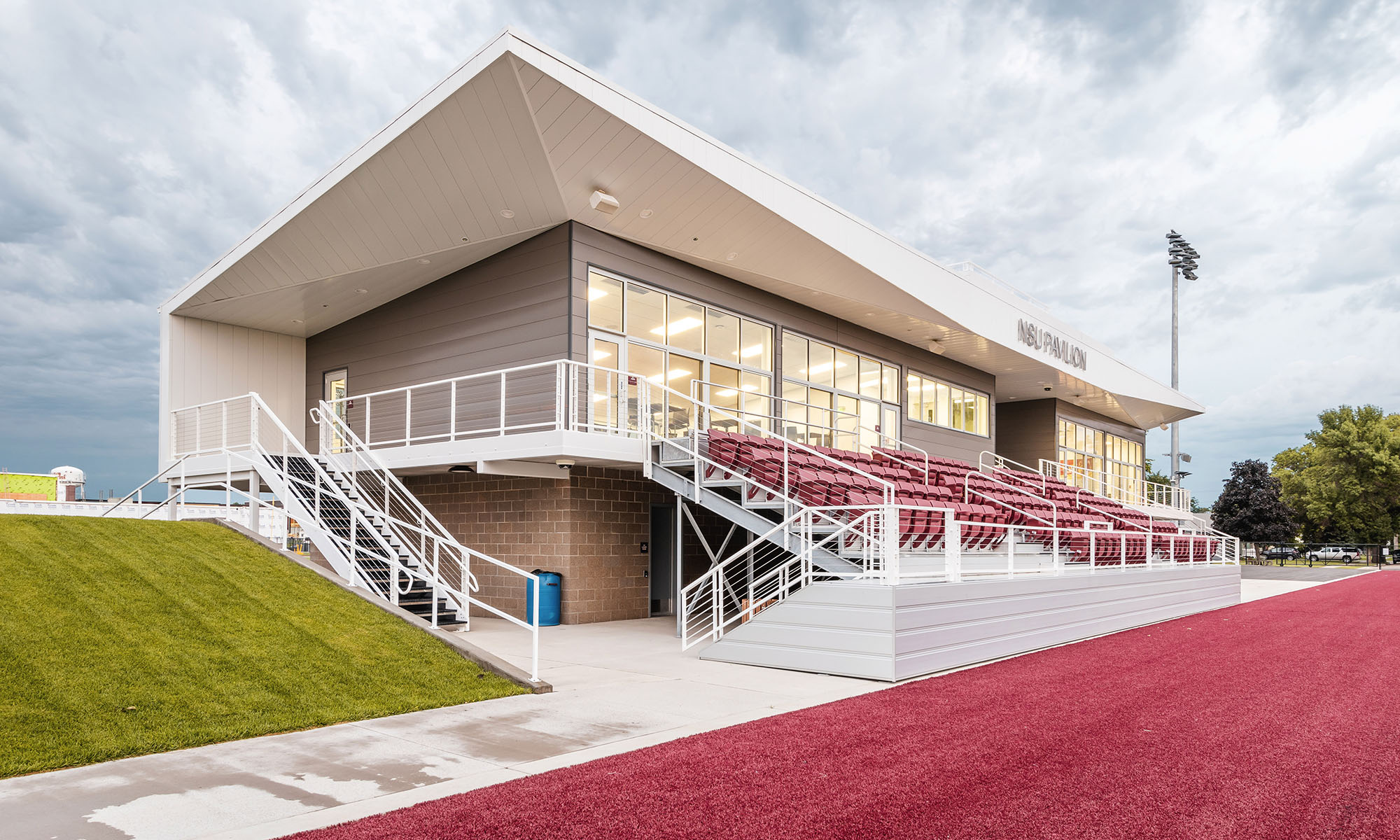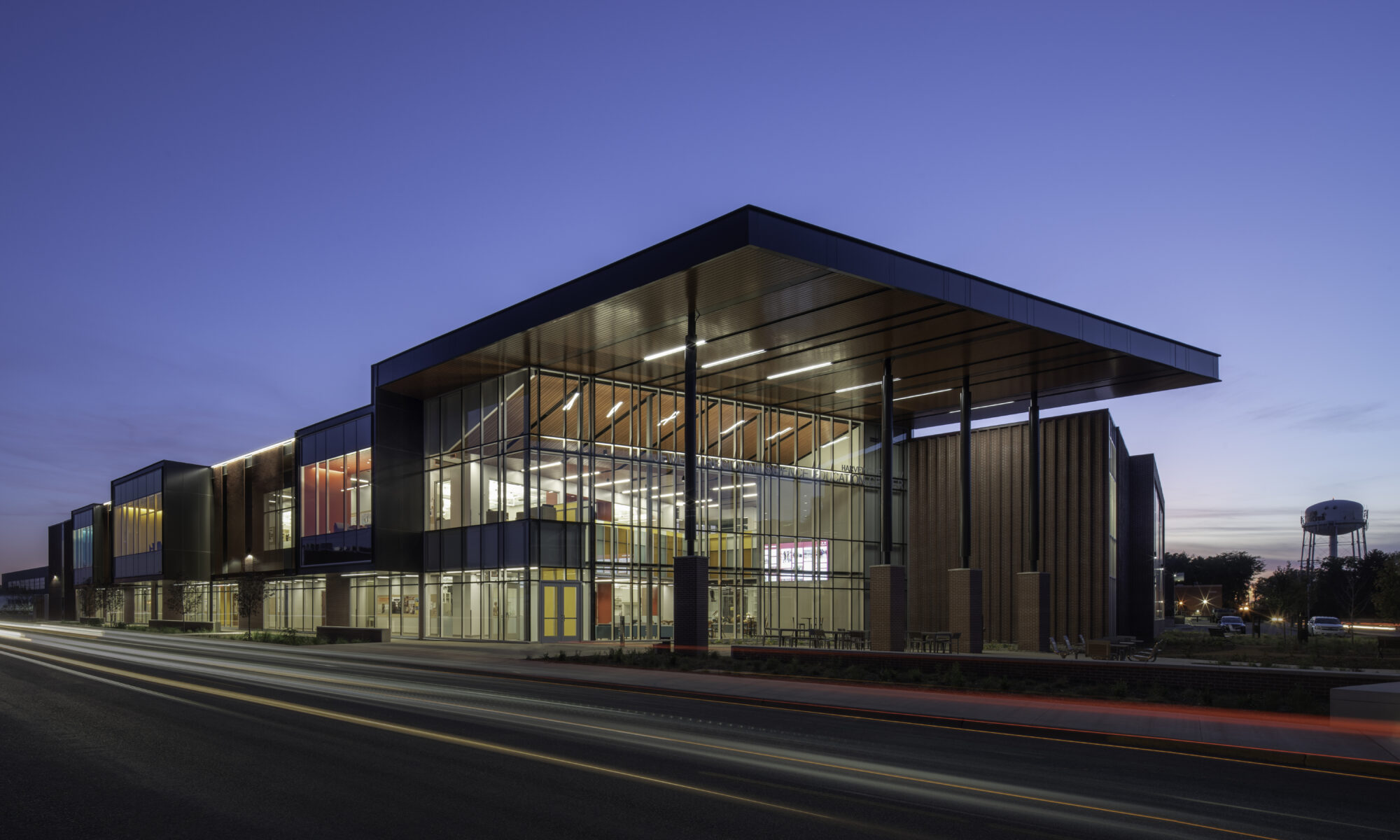Awarded 2023 AIASD Merit Award
Content and photos provided by TSP Inc.
Northern State University is recognized for its teacher-education degree programs, so it was natural for NSU leaders to envision their new science building as a resource not only for college students but also for the larger area’s K-12 school districts and other organizations.
The design for the Regional Science Education Center considers needs for faculty and students of all ages. Our architects, engineers, planners, and interior specialists provided specialty lab programming and design to provide NSU, the Aberdeen community, and the state’s northeast region with a cutting-edge facility that offers room to grow.
Located along Northern State University’s primary entry, the new facility has transformed how Northern State University introduces itself to prospective students, potential faculty, and the Aberdeen community.
The building’s large canopy serves as a porch for this new front door to campus. Activity in the lobby and science laboratories is visible through the ultra-clear glass of the curtainwall.
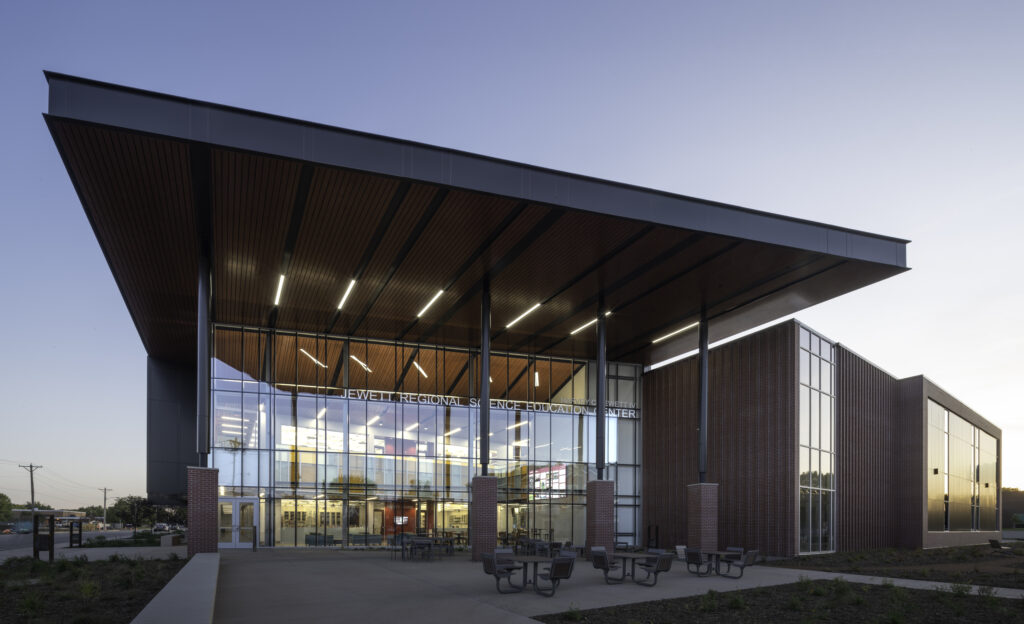

The front porch spills inside to a vibrant, NSU-branded, two-story student hub. A landscape-based detail along the perimeter helps connect the indoors to the outdoors.
The student hub puts education on display, immersing users in science. Founded to train teachers, NSU now has a building that makes education as visible and transparent as possible – its mission made public.
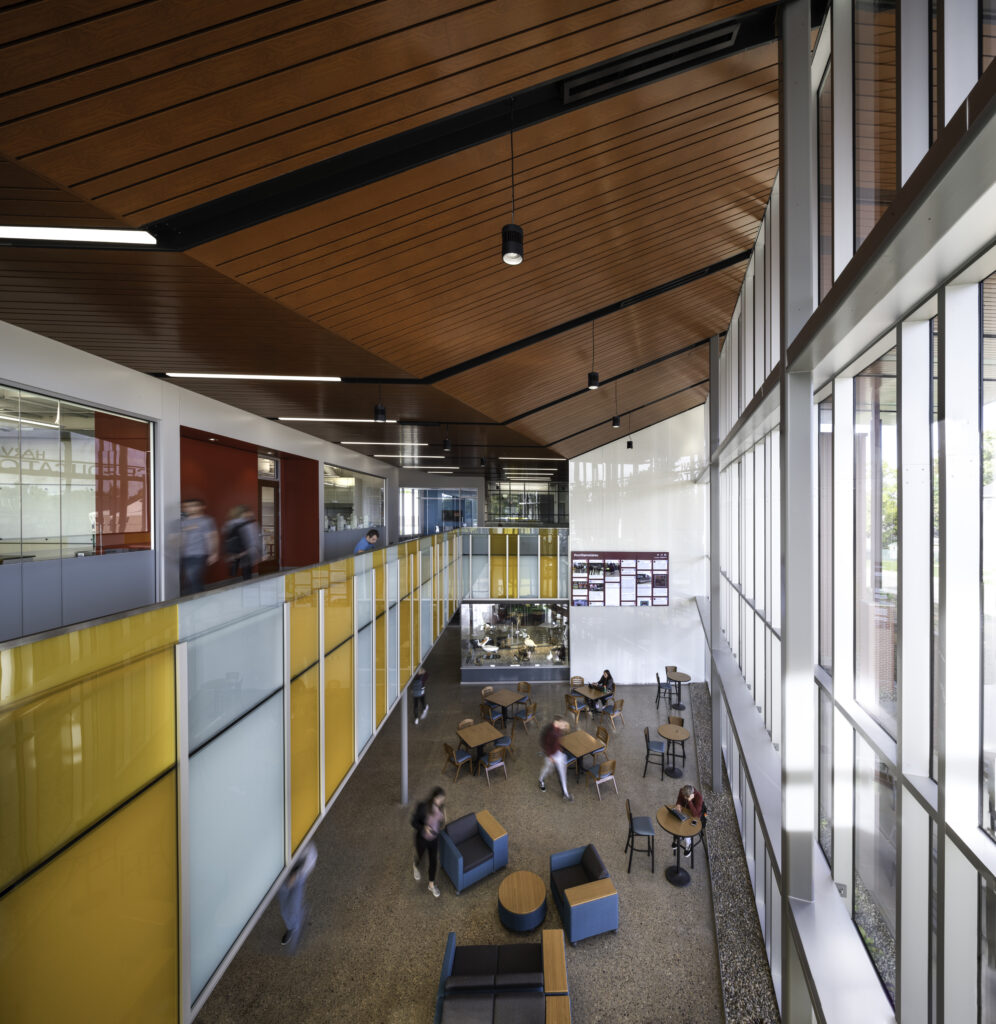
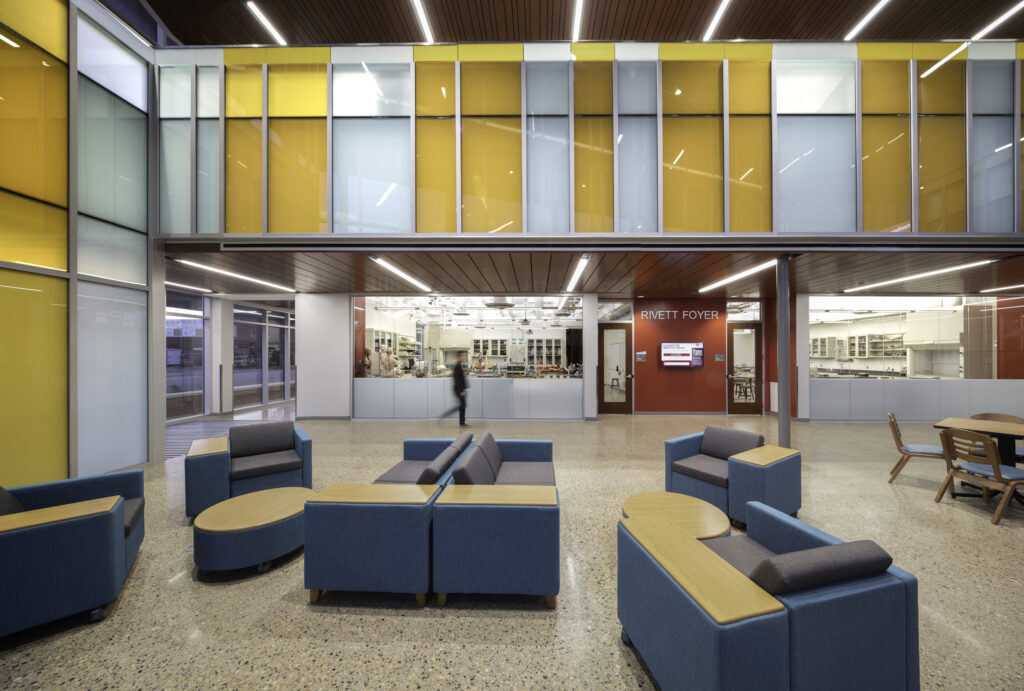
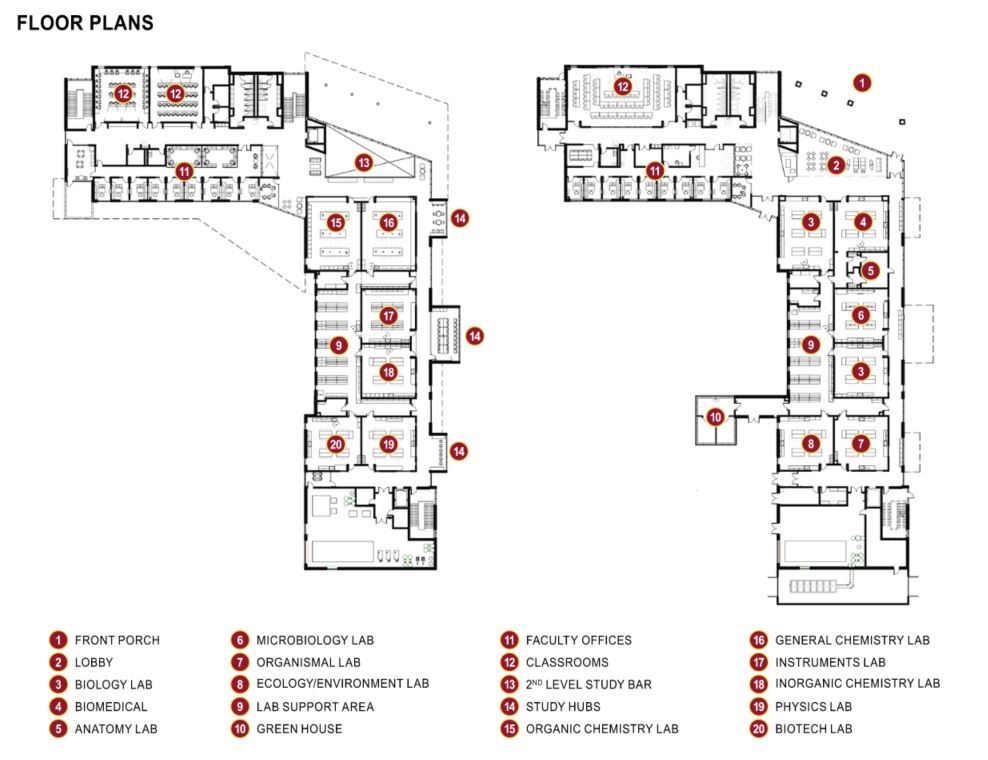
The exterior also features the science programs offered within the building, using the landscape as an educational and teaching tool on South Dakota ecosystems. A greenhouse, outdoor classroom, and educational arboretum punctuate the “backyard.”



The backyard also incorporates a contemporary colonnade aligned with existing campus pathways, promoting walkability across the University. The building’s eastern edge actively engages the street – three student collaboration spaces project over the sidewalk, framing a new urban edge for the campus. A custom mesh scrim reinforces this edge further, diffusing light and complementing the building’s brick tones.

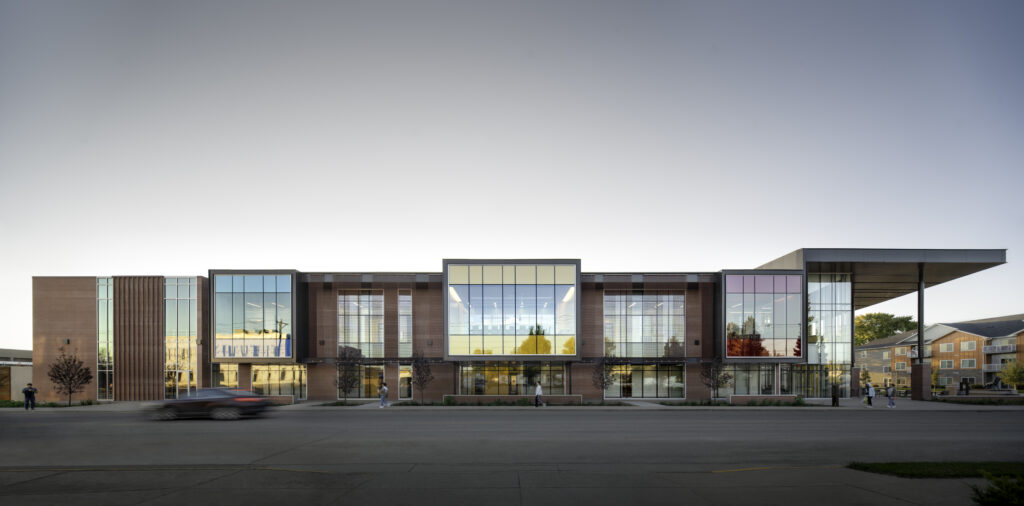


The walkability of the streetscape below the pods is enhanced by visually connecting it to the corridors inside, making for an engaging pedestrian experience both outside and within the building. Colors between the interior and exterior coordinate to promote campus brand.

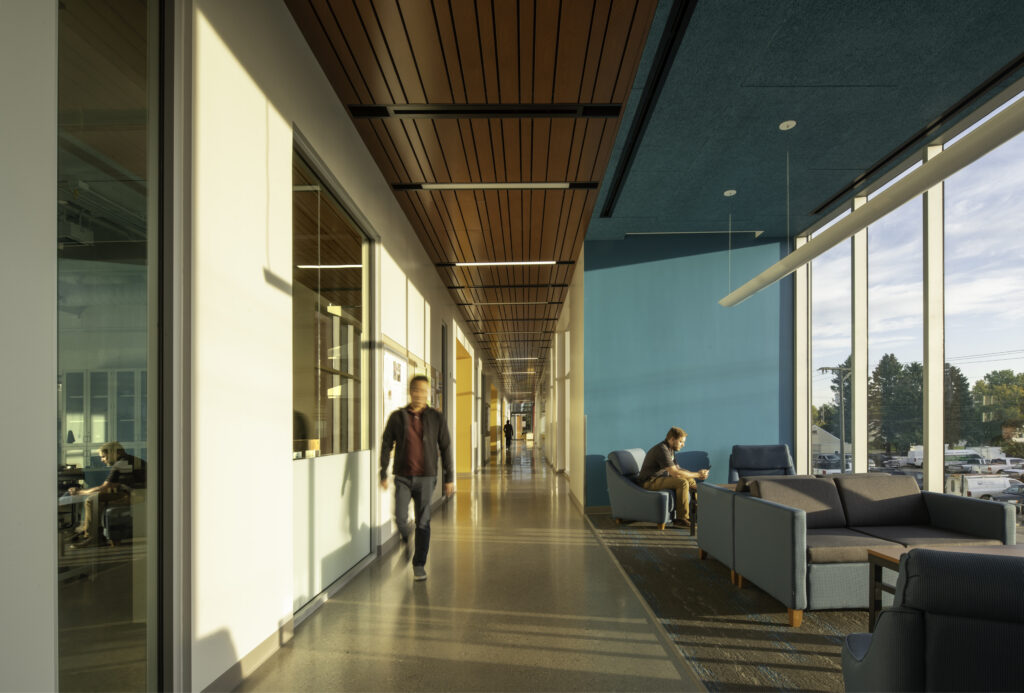
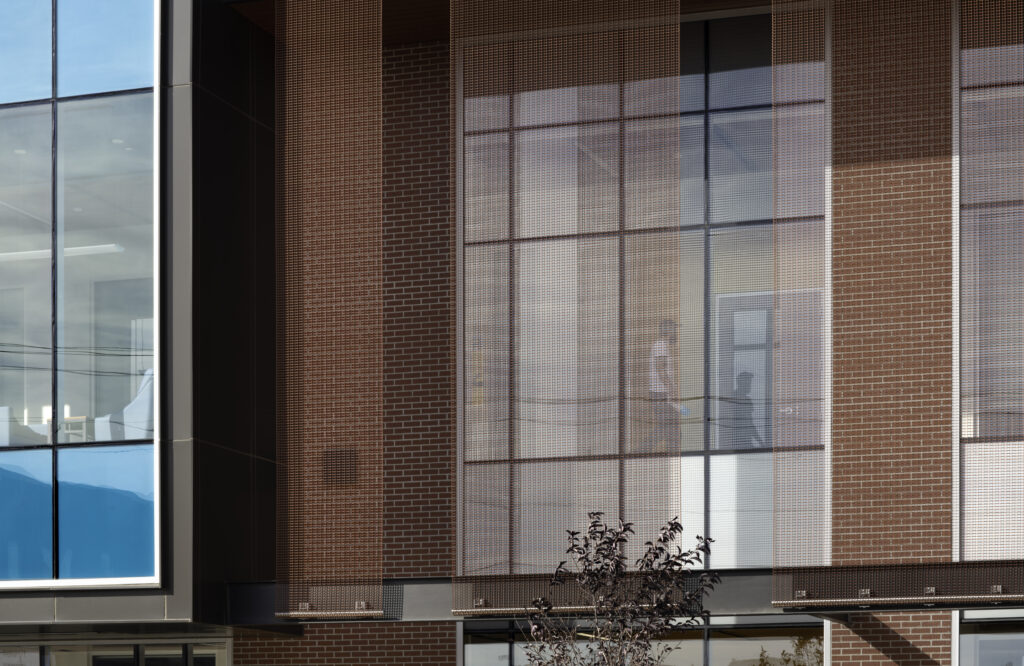
With all the branding and color provided at key nodes of the building, part of its design success stems from intentional nods to the existing campus architecture. One particular detail is the vertical brick coursings that protrude from the facade along various elevations. This creates a unique texture and shadow that accents the verticality of the building, taking its inspiration from (while simultaneously contrasting with) the horizontality of brick ribbing present on other collegiate-gothic buildings on campus.
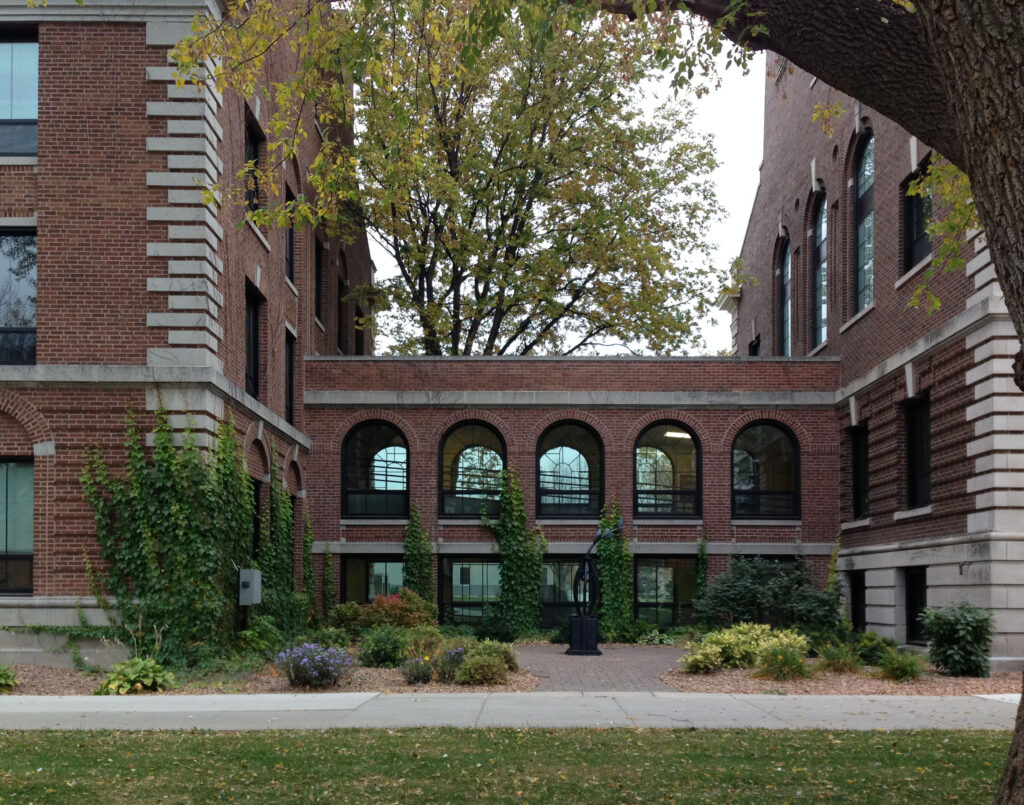
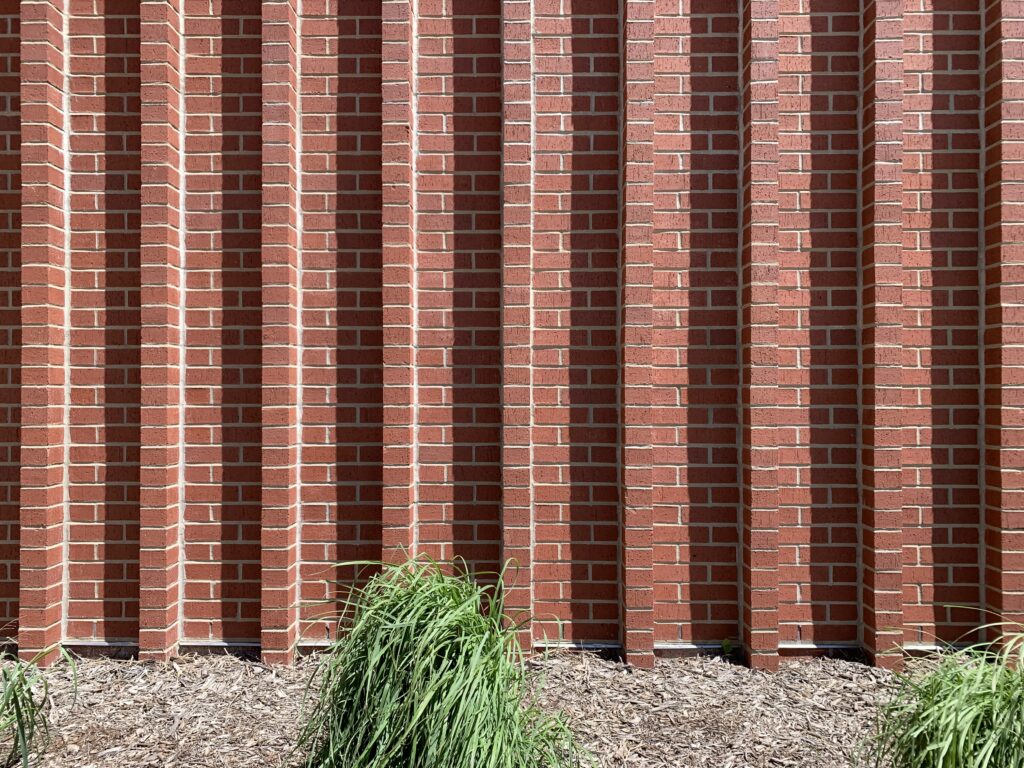
The AIA SD Merit Award winner was a joint venture between TSP and SmithGroup. TSP is a multidisciplinary firm established in 1930 that specializes in education, community, and healthcare architecture and engineering. It has five offices in three states (three offices in South Dakota). Other partners included Kyburz-Carlson/Henry Carlson (CMAR) and the Office of the State Engineer. The project also achieved LEED Silver for its low energy use, exceptional thermal envelope, and use of environmentally sustainable materials and products throughout.
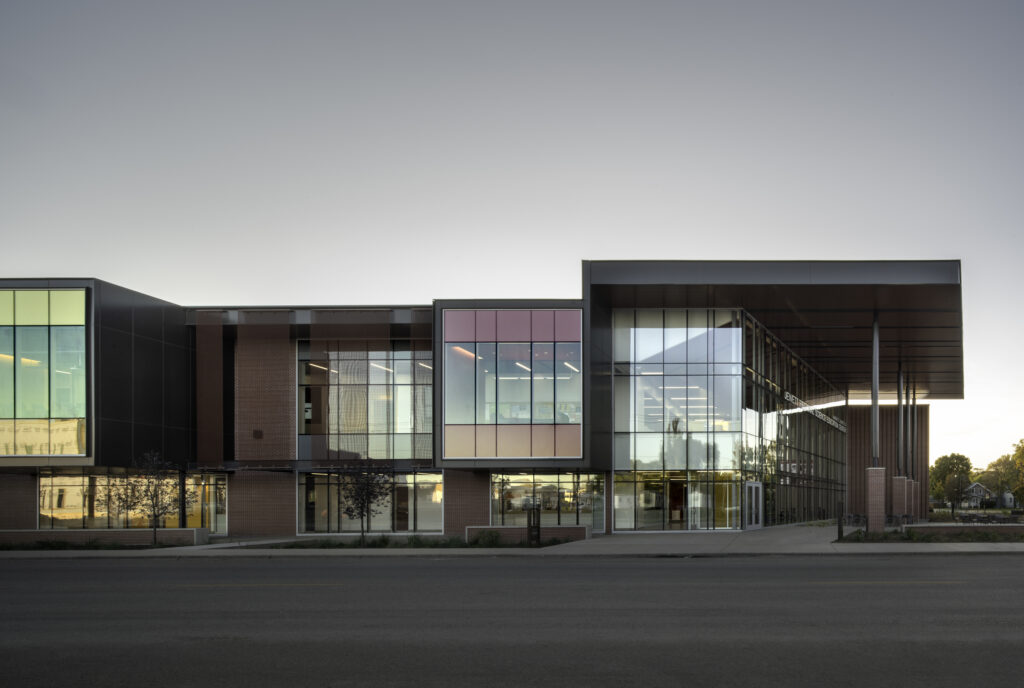
Featured Image: Northeast facade. Photographed by Matt Winquist.
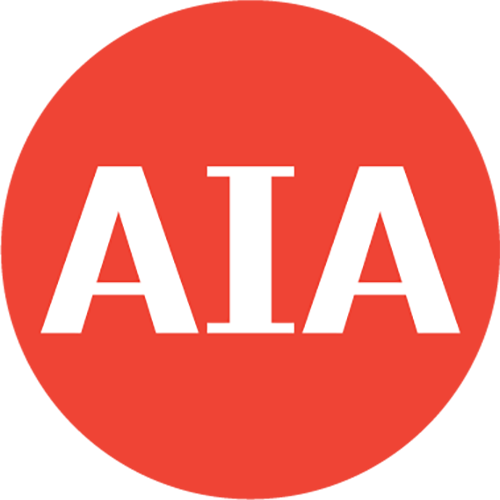
The Communication Committee is comprised of volunteers of AIA South Dakota and are dedicated to the mission of the Blueprint South Dakota blog. Our goal is to build strong South Dakota communities and to connect ideas and expertise to address challenges in our state. Through the curated content of this site, we want to find a blueprint for better cities and towns.
